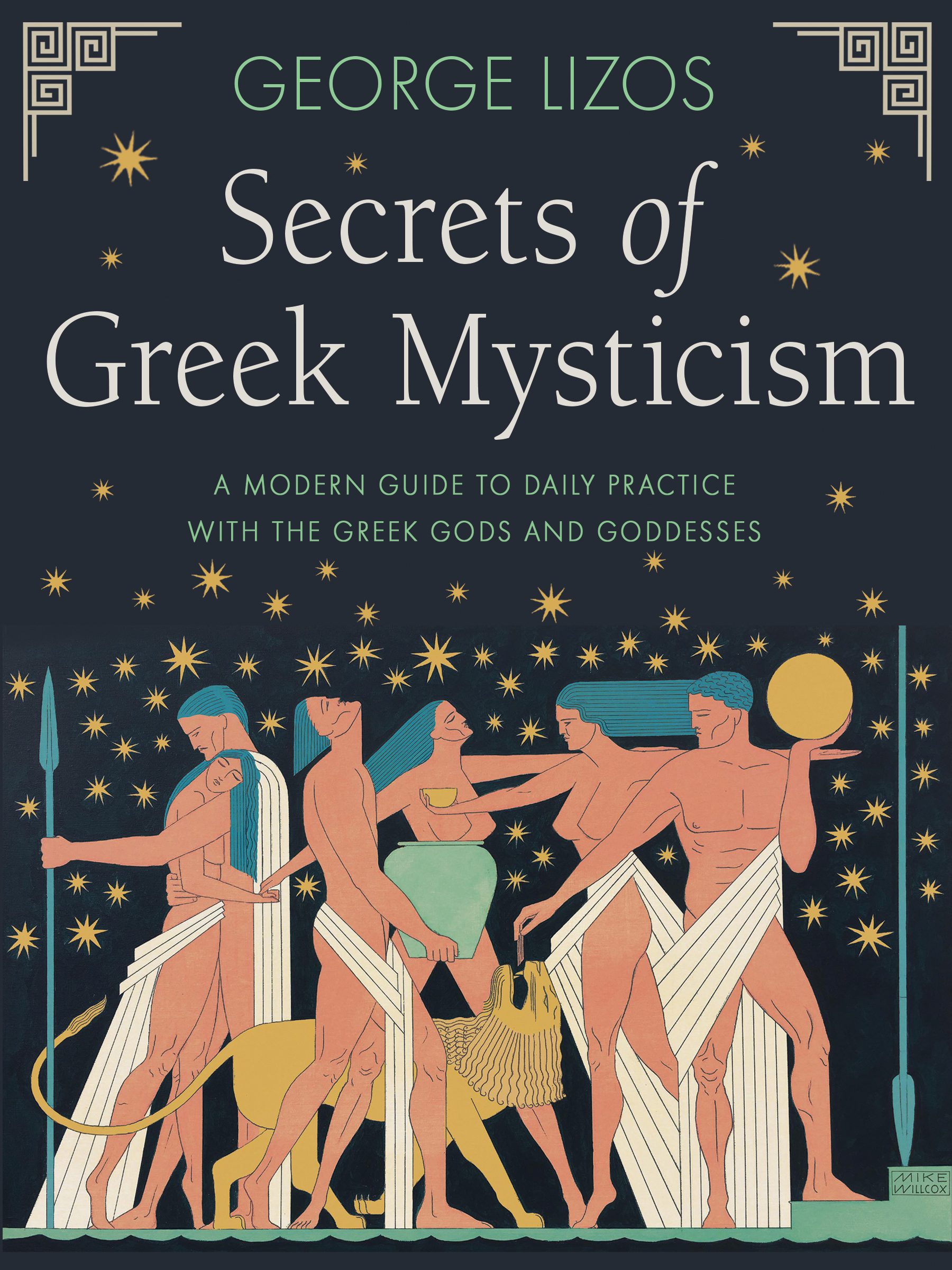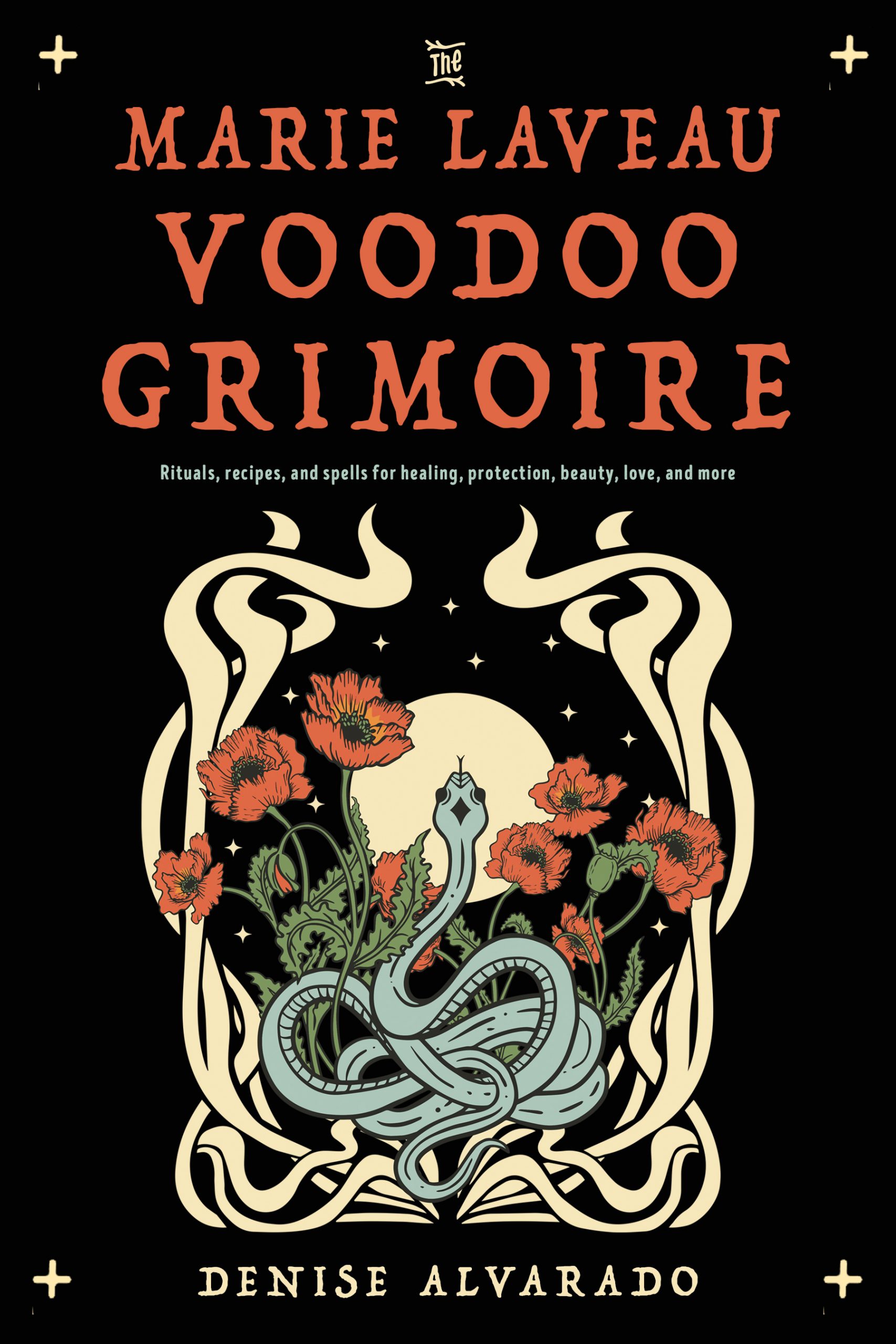An Excerpt from “Celtic Hedge Witchery—A Modern Approach” by Joey Morris
HEDGE WITCHCRAFT THEORY FOR A MODERN WORLD
A hedge witch is steeped in Otherness. Standing on the boundary between seen and unseen, Deep in conversation with spirits of tree, plant, and animal, They seek out Otherness and travel between realms.
What is a hedge witch?
There are many definitions as to what makes a hedge witch, but for myself it means a witch who is a spirit worker, honors liminal spaces, and venerates nature. This comes from a belief that everything in nature has a spirit, and with practice, we can communicate with them.
The term “hedge” can have more than one meaning. In its literal sense, it is a border, usually between fields, that has been cocreated by humans and nature. Hedges are often comprised of trees or bushes (such as hawthorn) that have been grown into barriers. Hedges over time become ecosystems for birds, insects, and animals.
In an abstract sense, hedges are boundaries between our physical world and the world of spirits. By learning to cross the hedge, hedge witches seek to walk in other worlds.
THEORY OF THE HEDGE, THE UNIVERSE, AND EVERYTHING
To a Celtic hedge witch, certain concepts and ideas are the keys to the metaphysical locks of the practice of witchcraft. They are the foundation of many paths of witchcraft (not just this one), which can make knowing them super useful even if you decide to try a different witch hat on later.
Some of these, such as animism, are well documented, and you can find many detailed opinions from academics, historians, and witches alike. Some of these concepts, most notably the spiritual ecosystem and the inner sacred grove, are from my own personal gnosis. The concepts I have grown myself are rooted in the soil of academia and research, watered by the trial and error of personal experience, and grown with insight and intuition from a living, breathing spiritual practice.
While I have jokingly titled this section “The Theory of the Hedge, the Universe, and Everything,” I want to assert that there is real wisdom in acknowledging the enormity of the universe and how little we actually know about it. I like to consider all the people I will never know or meet in my lifetime, going about their lives, laughing at jokes I may never hear, stressing about problems I will never know about. Or consider how little we know about our oceans. Or the thousands of books I will never get to read, or subjects that will forever remain alien to my mind in this incarnation.
Sometimes it is important, and humbling, to be in the realization of how small and uninformed we are—because arrogant hubris does more harm than good.
THE LIMINAL SPACE
What is a liminal space, and why does it matter to a modern Celtic hedge witch?
The liminal is balance incarnate. A place between, it is both the boundary and the crossing of it, a threshold, a place that is betwixt and between, saturated with magic and mystery, a physical location that thrums with etheric presence. It may cross into different spirit realms and be a connectionpoint between them.
It is sacred.
As we reach outside of ourselves, our spiritual tendrils stretch out into the spiritual ecosystem; we seek understanding to the mysteries of the universe. We “tap in” to an energy that is expansive, sometimes confusing, and more than slightly Other.
The liminal spaces are places of limitless potential and possibility, the deep breath before the plunge, the expansive darkness in the mind before thought, the endless choices found at the crossroads.
Liminal is a space within a space that is part of the Otherworld, something beyond our physical senses, felt with the heart and seen with psychic vision. It is the supernatural ability of bilocation, being in two places at once.
It is worth noting that we, as human beings, can deconstruct everything into nothingness, build something from the smallest electrical impulse of inspiration, and change the course of history on a whim.
This is interaction with the liminal.
Human beings may not always do this for our highest good, however. We categorize every part of our existence, clutching desperately at this sense of importance and immortality. It screams “we were here, we existed, we mattered” for all future generations to witness and remember. The spiritual ecosystem—that which connects all liminal spaces—remembers everything. It is my belief that memory is the currency of life force. It is a human fear to be forgotten, but in the spirit world, nothing ever truly is forgotten.
Boundaries are liminal spaces. They are the crossroads, the intersections, often between where energetic ley lines are said to cross. Here ley lines are meant to be given as pathways of the spiritual ecosystem, which are made up of energy and cross over one another at different points in the realm of spirit.
WHAT IS SACRED?
As we are going to be discussing the idea of the sacred quite a bit from here on out, it is probably best to explore what we mean by that. The Cambridge Dictionary defines sacred as “considered to be holy and deserving respect, especially because of a connection with a god.
Sacred is simply a word to describe human reverence for a place or person, based on agreed-upon ideals, usually of Otherness. It is a human contract with a place, an acknowledgement, an intuitive feeling that certain places in our world spark a feeling of reverence. This means to be enchanted by them, to sense the old magic inherent in a space, or feel the spirits that reside there.
This connection is facilitated once again by the spiritual ecosystem that feeds and relays soul messages across all the realms of existence. This is experienced as intuition, in dream states, or a gravity of emotional feeling that is sometimes beyond description.
Sacred is a description for soul memory recognizing liminal space.
When seeking to understand the mysteries behind witchcraft, I feel there is a balance between intuition and the universal laws that have been created from the logical, rational self. When it comes to hedge witchcraft, intuitive communication is an integral part of the overall spiritual practice. This will be part of the foundation of learning to communicate with plant and spirit allies and travel across different liminal spaces (into spirit realms).
To engage in the practice of spirit communication and spirit travel— two key components of modern hedge witchcraft—we need to understand as much as we can about how our minds connect to other realms and some of the laws of the universe that facilitate interspirit travel. It is finding that balance once again between intuition and practice.
WHAT IS INTUITION?
The Merriam-Webster Dictionary definition of intuition is as follows:
1 a: the power or faculty of attaining to direct knowledge or cognition without evident rational thought and inference
b: immediate apprehension or cognition
c: knowledge or conviction gained by intuition
2: quick and ready insight
To intuit is a practice that is difficult to explain but widely understood. It is akin to when someone asks how you know you are in love—you simply know.
When it comes to spirit communication, traveling between spiritual realms of existence, or interpreting our experiences, intuition plays a major role because the communication usually occurs outside of regular or mundane channels, which can lead many people to doubt their experiences. Without a tangible physical reaction or data to reassure us, many of us wonder whether or not an experience is “real.” Here we are doubting the liminal spaces because they rely on extrasensory perception (psychic skills).
I personally feel that applying the Hermetic principles of the universe can be helpful here, even though they are not Celtic in origin. This is an integration of modern knowledge to deepen our current understanding of the world—much like not rejecting scientific discovery because we are on a spiritual path.
This is adaptive practice—applying reasonable spiritual theory when we find ourselves bereft of the Celtic versions from history due to the purging of much Pagan practice at the hands of the Christian church.
WHY USE THE HERMETIC PRINCIPLES?
To the best of my knowledge, there are no “Celtic universal laws” in terms of explaining the governing laws of the universe and how to work with them. Modern Druidic orders often take tenets from ancient Breton laws, but these are more about legal governorship than spiritual laws, which are then applied to personal behavior.
There is a great deal of information about cosmological setup, some of which we will be examining, detailed descriptions of the Otherworld, animism, the power of inspiration, poetry.
Ultimately we are utilizing an ancient system that began in Egypt after Alexander the Great’s conquest in 332 BCE and has been evolving ever since. We know that the ancient Celtic people were absorbed largely into the Roman Empire, which would begin the erosion of their culture and religious practices as Christianity sought to replace them. Ancient Hermeticism spread across the West, and many forms of modern spirituality have been influenced by the 1912 occult text The Kybalion, which introduced the seven principles of Hermetic thought. Several of these cross over into magical theory, such as the aforementioned “as above, so below,” which is the principle of correspondence.
—Joey Morris, Hedge Witchcraft Theory for a Modern World, Copyright © 2025
Featured Book
Celtic Hedge Witchery—A Modern Approach
A revolutionary take on hedge witchery that focuses on what it means to reconnect with the sacred hedge in a modern world, “Celtic Hedge Witchery—A Modern Approach” teaches the ways, ideas, and methods of the hedgerow, so they become accessible even to those who cannot visit the physical locations themselves.







